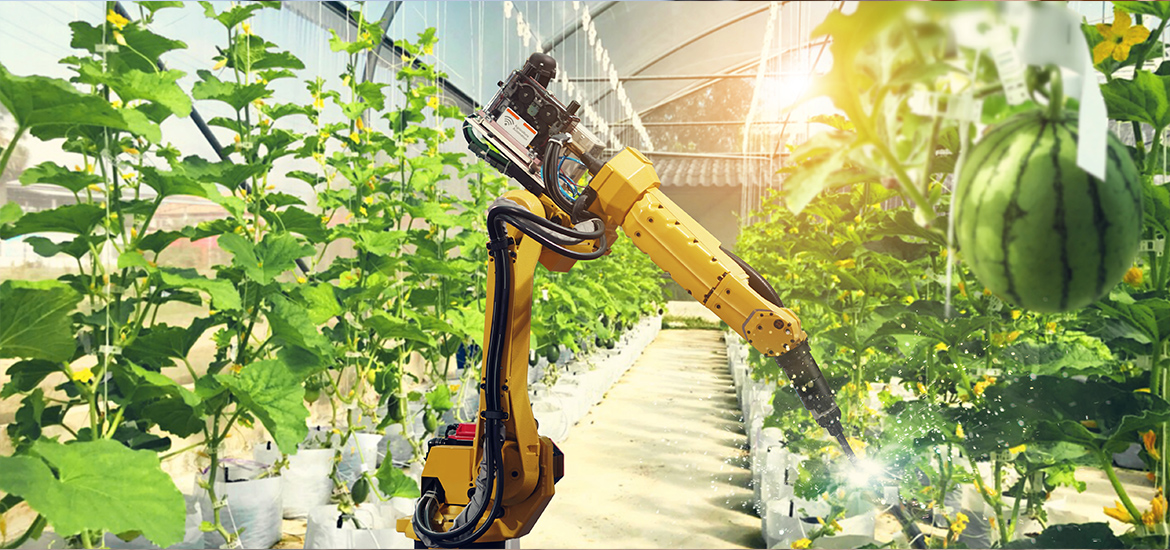Artificial intelligence should primarily help people, but it can also be helpful for animals, as a new research project shows. Up to one million animal and plant species worldwide are threatened with extinction. Whether in the seas, rivers and lakes or on land, biodiversity is declining everywhere. It is estimated that the extinction of species is already progressing ten to a hundred times faster than is common in evolution. High time to act: Because the loss of diversity in the animal and plant world threatens our existence and has a negative impact on climate change.
Research and innovation are needed to protect both. Digital technologies and AI offer enormous potential for this. The agricultural systems of the future in particular see many opportunities in digitisation. If data on the weather, climate, soil properties or cultivation conditions are digitally recorded and evaluated, this can help to develop tailor-made solutions for new, sustainable agricultural systems.
AI could be the solution to major challenges in agriculture. In future, farmers will face the challenge of having to supply more and more people with food without harming nature. However, if fields are enlarged, animals and plants will increasingly be deprived of their habitat. If you rely on monocultures, the diversity of life on the field suffers. If we increasingly use pesticides, we harm many other living creatures. Artificial intelligence is to be used as a key technology to master such challenges. It can help to improve and harmonise species protection and land use. Scientists are investigating how this can work in projects funded by the Federal Ministry of Education and Research.
One of the projects is called “Agriculture 4.0: Without chemical synthetic plant protection”. The aim of the project is to provide an impetus for rethinking the agricultural process. Away from chemical pesticides, towards mineral fertilisers. The researchers want to explore a new type of agriculture and develop it further in the interests of consumers. One example of this is intelligent hoeing systems. Conventional systems can only hoe weeds indiscriminately between rows of crops. The intelligent successors, on the other hand, have a decisive advantage: they can also eliminate weeds directly in the row of crops with lightning-fast precessional strokes. Using this technique not only saves on chemical pesticides, but also on labour.









Leave A Comment
You must be logged in to post a comment.